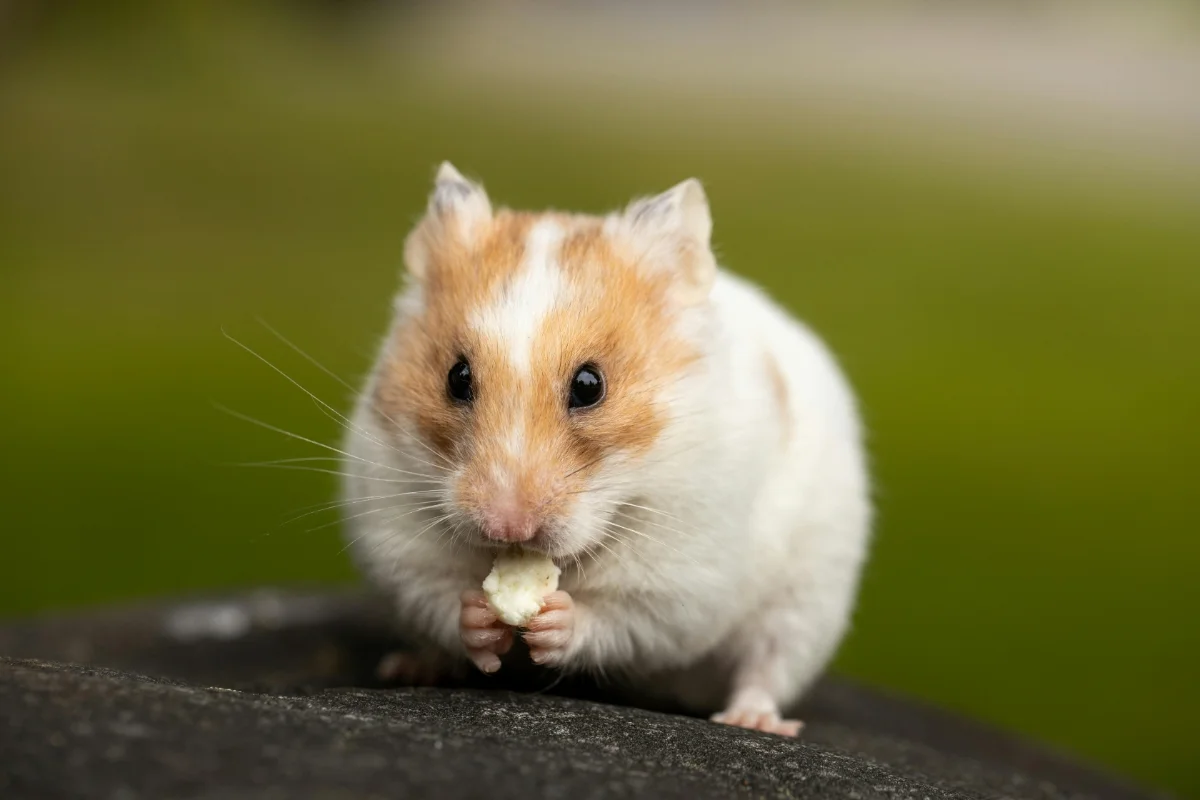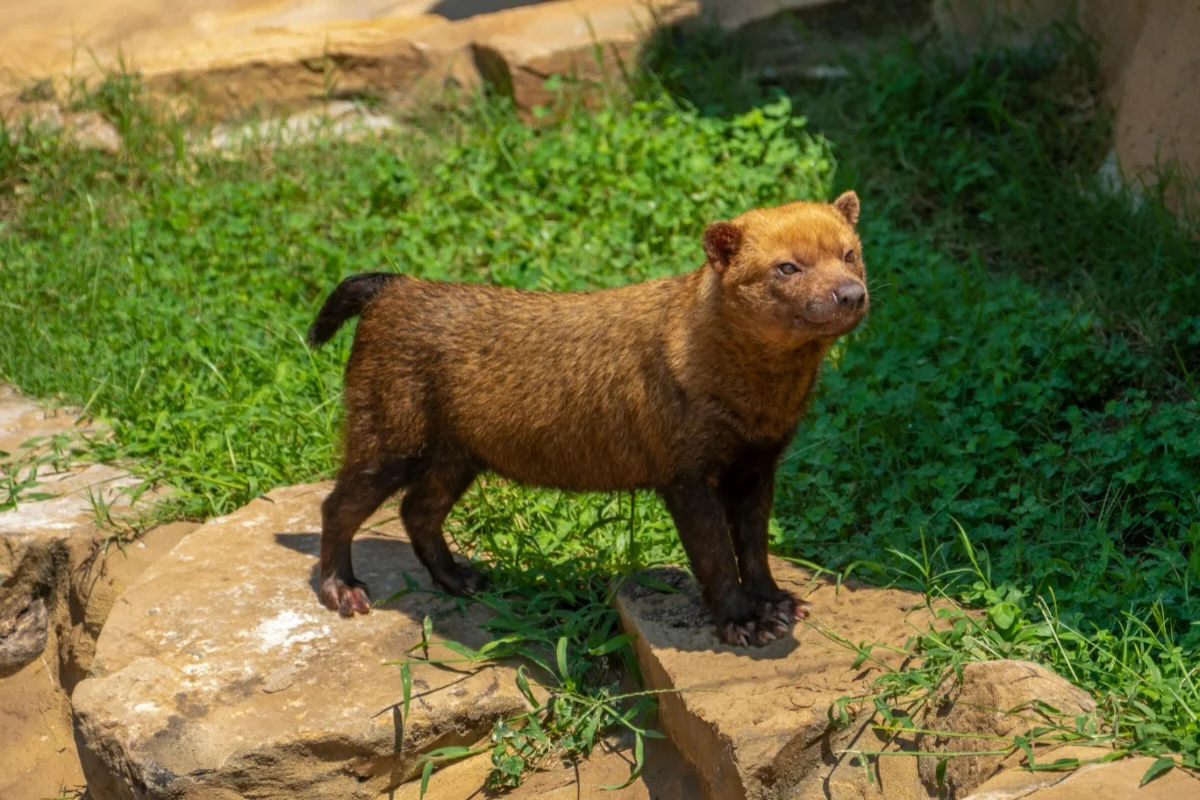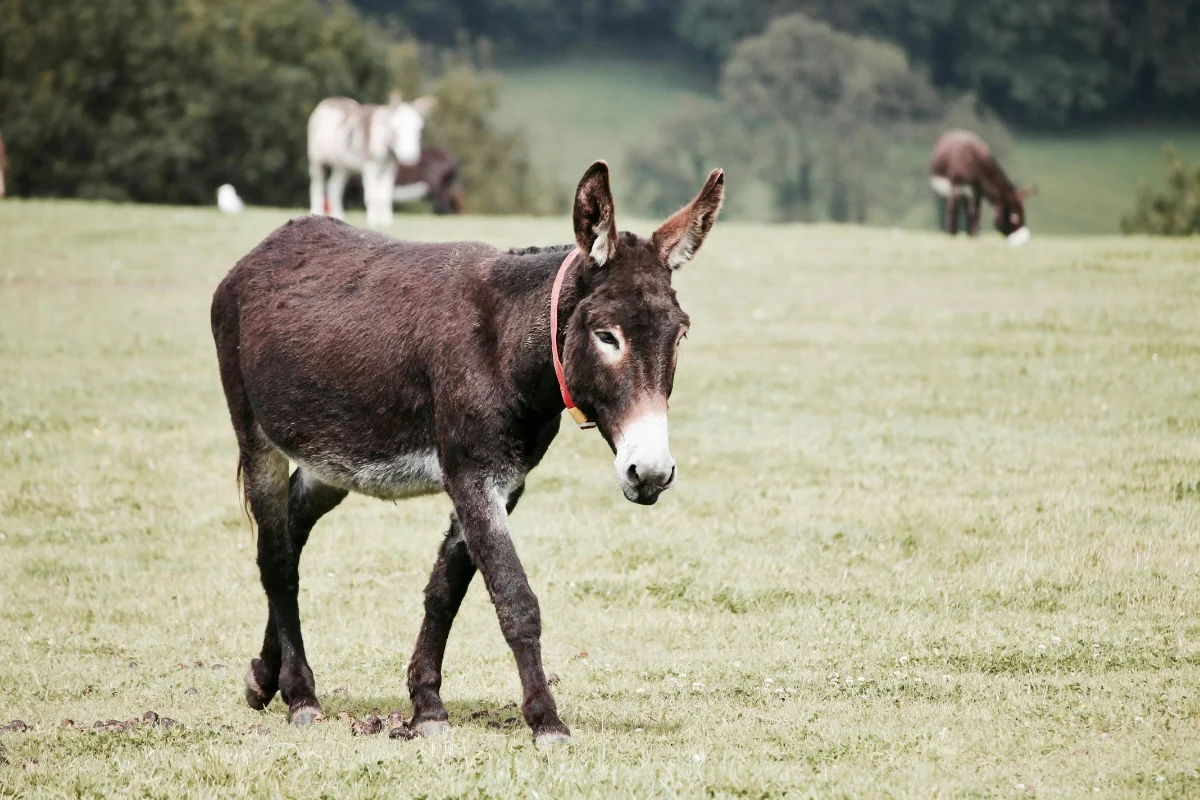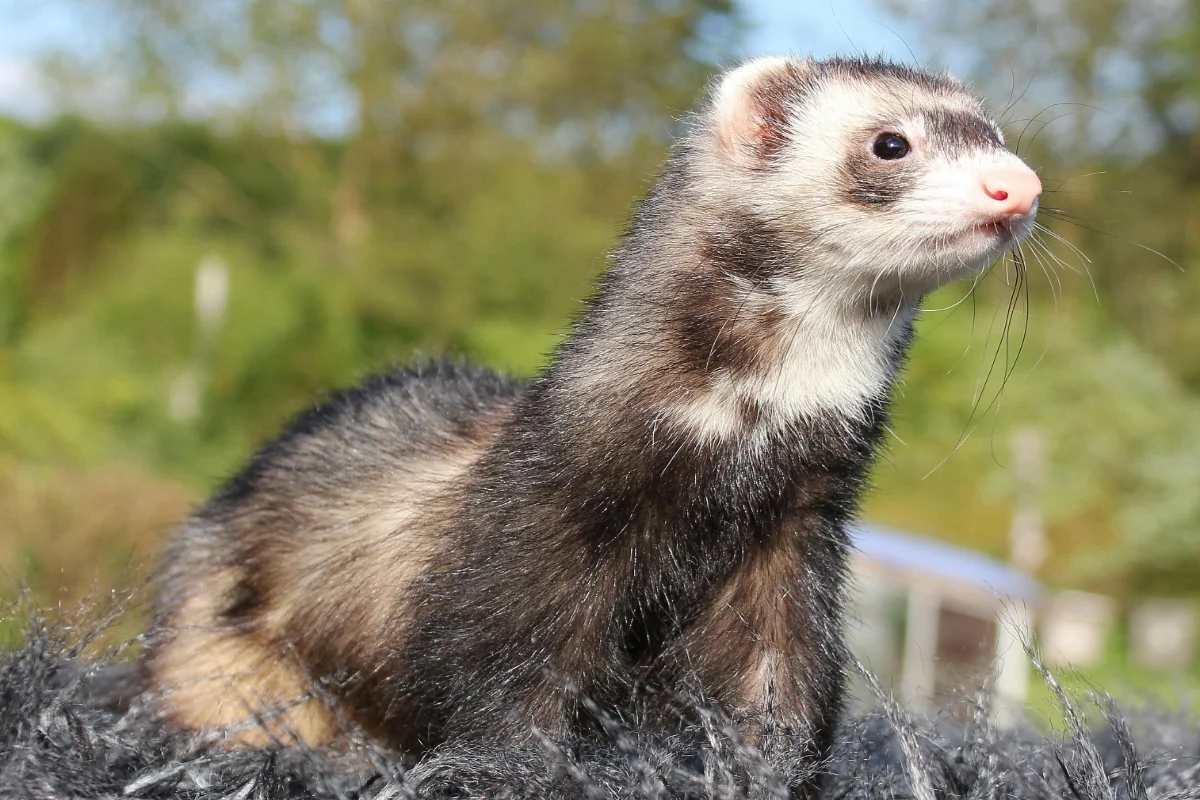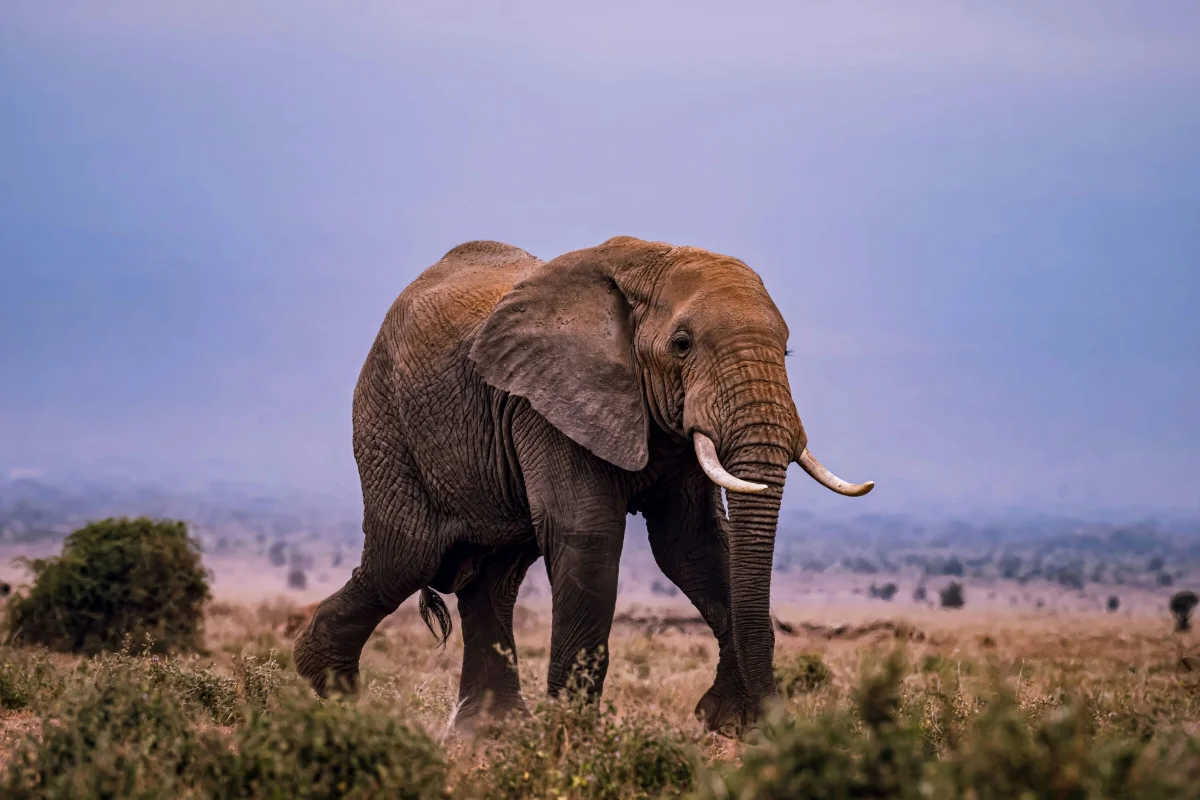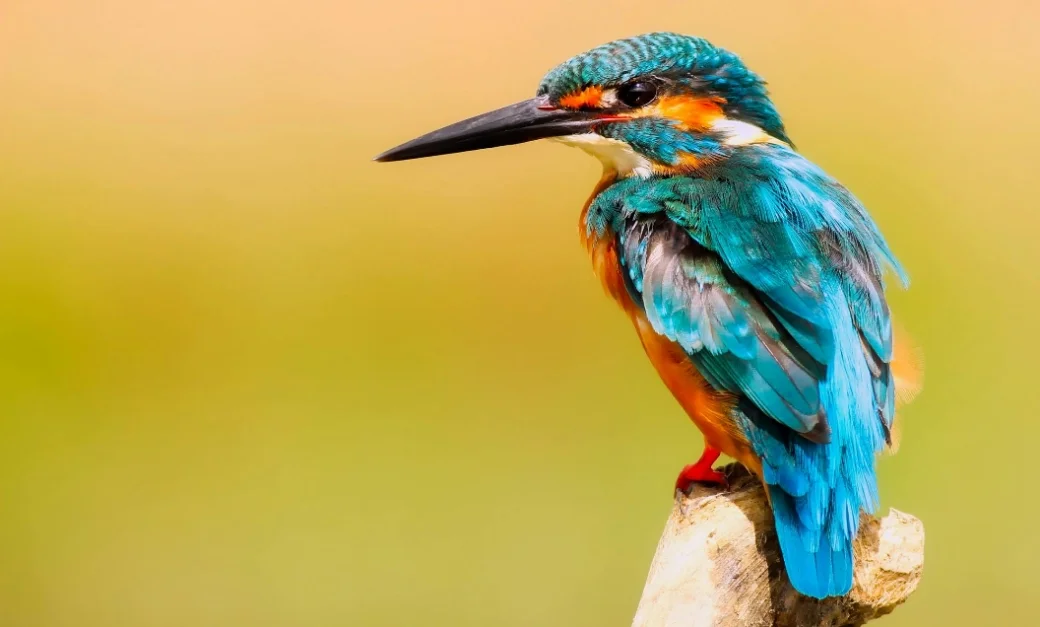Bald Eagle
The bald eagle (Haliaeetus leucocephalus) is a powerful bird of prey native to North America. Recognized for its white head, dark brown…
The bald eagle (Haliaeetus leucocephalus) is a powerful bird of prey native to North America. Recognized for its white head, dark brown body, and sharp yellow beak, it symbolizes strength and freedom. It was elected the national bird of the United States in 1782.
Bald Eagle Facts Overview
| Height: | 2.5–3 ft |
| Length: | 28–40 in |
| Weight: | 3 to 6.3 kg |
| Top Speed: | Up to 100 mph (dive) |
| Food: | Fish, small animals, carrion |
| Color: | Brown body, white head & tail, yellow beak |
| Location: | North America |
| Predators: | Few; eggs taken by raccoons, owls |
| Lifespan: | 20–30 years (wild), 50 (captive) |
| Home: | Near water, tall trees |
| Eggs hatch: | 34–36 days |
Description
Bald eagles have a wingspan of 1.8-2.3 meters (5.9-7.5 feet) and weigh between 3.1-6.3 kg (6.8-14 lbs). Females are larger than males. Their strong talons help catch prey, primarily fish. Juveniles lack the distinctive white head and attain adult plumage at around five years old.
Life Cycle
The bald eagle’s life cycle begins as an egg incubated for about 35 days. Hatchlings are helpless but grow rapidly, fledging at 10-12 weeks. Juveniles take five years to develop adult plumage. They reach sexual maturity around four to five years and can live up to 30 years in the wild.
Characteristics
Bald eagles have excellent eyesight, capable of spotting prey from great distances. They are strong fliers, using thermal currents to glide efficiently. Their hooked beak and sharp talons make them formidable hunters. Socially, they are territorial but can be seen congregating in areas with abundant food sources, especially during winter.

Care
In captivity, bald eagles require spacious enclosures with perches, water access, and a diet rich in fish and meat. Rehabilitation centers care for injured eagles by providing medical treatment and flight training before release. Conservation efforts focus on habitat protection, reducing pollution, and preventing human disturbances to nesting sites.
Lifespan
Bald eagles live about 20-30 years in the wild, with some reaching 35 years. In captivity, with proper care and nutrition, they can live up to 50 years. Survival rates depend on food availability, environmental conditions, and threats such as habitat loss, pollution, or accidental poisoning from lead ammunition.
Predators
Adult bald eagles have few natural predators, but eggs and nestlings are vulnerable to raccoons, owls, and other birds of prey. Juveniles may fall prey to larger eagles or coyotes. Humans are the biggest threat through habitat destruction, pollution, illegal hunting, and collisions with power lines.
Habitat
Bald eagles thrive near large lakes, rivers, wetlands, and coastal areas, where they can find abundant fish. They nest in tall trees or cliffs with a clear view of their surroundings. Their preference for undisturbed environments makes conservation crucial to maintaining stable populations in the wild.
Distribution
They are found throughout North America, from Alaska and Canada to the United States and northern Mexico. Alaska has the highest population. They migrate based on food availability, moving southward in winter if waters freeze. Conservation efforts have helped restore their numbers after a significant decline in the 20th century.
Diet
Bald eagles primarily eat fish, hunting by swooping down and grabbing them with their talons. They also eat waterfowl, small mammals, and carrion. Opportunistic scavengers, they steal food from other birds, including ospreys. Their diet varies depending on location and season, adapting to available food sources.
Behavior
They are skilled hunters, using sharp vision and powerful talons. Often seen soaring at high altitudes, they utilize air currents for effortless flight. They are territorial, especially during breeding season, but may gather in winter feeding grounds. Bald eagles communicate through calls and body movements, especially during courtship displays.
Reproduction
Bald eagles mate for life, performing aerial courtship displays. They build large nests, often reused annually, made of sticks and lined with soft materials. Females lay 1-3 eggs, incubated for 35 days. Both parents care for the chicks, which fledge at 10-12 weeks but stay dependent for months.
Bald Eagle Scientific Classification
| Kingdom: | Animalia |
| Phylum: | Chordata |
| Class: | Aves |
| Order: | Accipitriformes |
| Family: | Accipitridae |
| Genus: | Haliaeetus |
| Scientific Name: | Haliaeetus leucocephalus |
Animals for You
References
1. Bald Eagle Wikipedia Article – https://en.wikipedia.org/wiki/Bald_eagle


